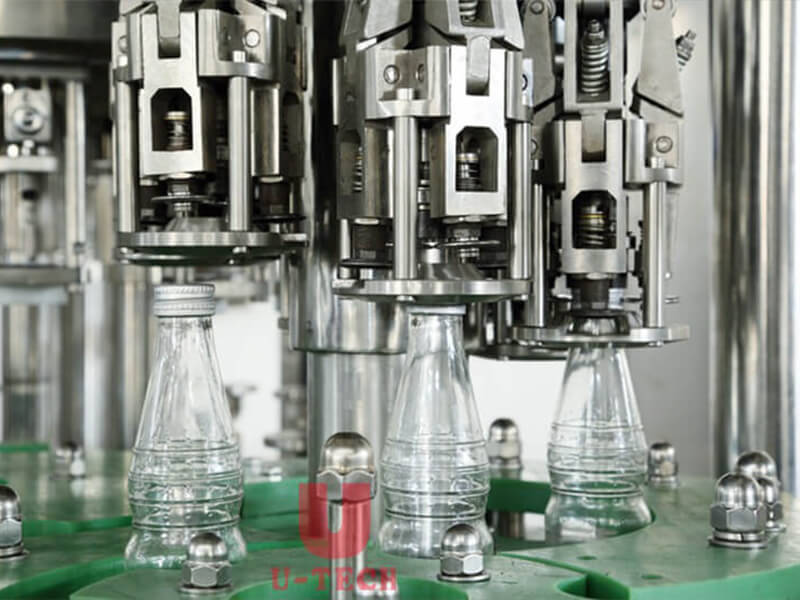Welcome to our website
When products are packaged through wine bottling equipment, housing materials, fluid connection types and sealing materials need to be properly specified to meet chemical and temperature compatibility as well as cleanliness and sanitation requirements. Sometimes it may also be necessary to heat the fluid passages to maintain fill temperature.
The physical characteristics of the container and handling requirements of the liquid product will determine the good nozzle size and type, and the need for submersible or underground filling. The characteristics of the vessel will determine the type of nozzle required.
The process of wine filling equipment is generally as follows: stack the boxes with empty bottles on the pallet, send them to the stacker through the conveyor belt, and then unload the pallets one by one. The cases are sent to the unloader via a conveyor belt, and the empty bottles are removed from the cases. Empty boxes are sent via a conveyor belt to a washing machine, where they are cleaned and transported to the side of a packaging machine where they can be filled with beverage-filled bottles. Empty bottles are unloaded from the ship unloader.

1. Choose a large-scale and experienced manufacturer, not a product agent, because the filling machine is equipment.
It is difficult for ordinary agents to provide good technical support. The brand of automatic filling machine is not built in a day or two, so when purchasing automatic filling machine, we should pay attention to the current situation of some packaging machinery industry.
2. Choose the nearest manufacturer, because there will be problems in the use of filling machines. This requires good after-sales service support.
The boxes with empty bottles are stacked on pallets, and the pallets are sent to the stacker by conveyor belt, and the pallets are unloaded one by one. The cases are sent to the unloader via a conveyor belt, and the empty bottles are removed from the cases. Empty boxes are sent via a conveyor belt to a washing machine, where they are cleaned and transported to the side of a packaging machine where they can be filled with beverage-filled bottles.
The empty bottles taken out from the unloader are sent to the bottle washing machine for disinfection and cleaning through another conveyor belt. The bottle is inspected by the bottle inspecting machine, and after reaching the cleaning standard, it enters the filling machine and capping machine. Beverages are bottled by a filling machine. Bottles filled with beverages are sealed by a capping machine and transported to a labeling machine for labeling. After labeling, the bottles are sent to the filling equipment for packaging, then to the palletizer, stacked on pallets and sent to the warehouse.